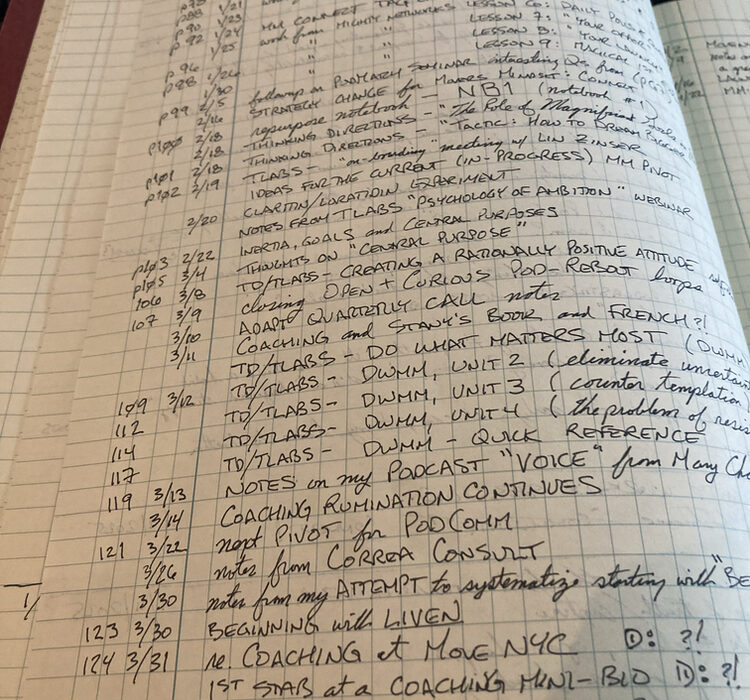What foundation is needed to create a sustainable and successful podcast without becoming overwhelmed by the complexity of the process?
Small, continuous improvements differentiate successful podcasters from those who fade.
When the first computers showed up at the school, they didn’t even know how to teach it yet. So you get those tools and you start layering them into your process. Then you learn how to break it and make something your own. That’s where your art, your style, your uniqueness comes through. But if you didn’t have that foundation, you don’t really have a right to jump to those other things— It just doesn’t work out most often.
~ Tracy Hazzard (11:47)
Tracy Hazzard explores the importance of building strong foundational skills before layering on tactics in podcasting, using examples from art and design education. The conversation highlights the ongoing challenges of rebooting a podcast show, particularly the unexpected complexity of shifting to a deconstructed review format. Attention is given to how applying design thinking can help evaluate what parts of podcast production should be simplified or improved.
Other topics include the value of owning a website and email list to control audience relationships, with personal anecdotes about SEO dominance and long-term content value. The discussion also covers practical strategies for sustainable podcast production, including the benefits of small team workflows, using AI to streamline writing tasks, and the pitfalls of overcomplicating production processes.
Takeaways
Building a foundation before innovating — Learning and mastering the basics leads to better long-term podcasting results.
Owning your audience relationships — Maintaining a website and email list provides resilience against algorithmic shifts on platforms.
Complexity of show format changes — Shifting from interview-based episodes to detailed show deconstructions introduced unexpected preparation challenges.
Value of authentic podcasting — Creating authentic and improvised moments makes shows more memorable and unique.
Sustainable workflows for podcasters — Streamlining production using AI tools and focusing on tasks only the creator can do is critical for maintaining momentum.
Podcast websites and searchability — Properly built podcast websites can continue driving traffic and discoverability years after a show ends.
Long-term SEO value — Strategic website naming and content accumulation lead to sustained search engine ranking.
Challenges of coaching podcasters — Continuous improvement through small, layered learning sessions proves more effective than overwhelming new podcasters.
Pitfalls of early distractions — Podcasters today face a landscape where getting distracted by tools and tactics can quickly derail progress.
Alternative monetization pathways — Even niche podcasts can achieve strong monetization through SEO dominance and strategic audience engagement.
Resources
Podetize — A syndication platform providing podcast hosting, production, and coaching services.
Feed Your Brand — A podcast focused on strategies for building and growing brand visibility through podcasting.
The Binge Factor — A podcast dedicated to uncovering the factors that make podcasts binge-worthy.
Smartcuts by Shane Snow — A book mentioned as a favorite, discussing how lateral thinking and smart shortcuts lead to success.
SmartLess Podcast — A podcast noted for its effective use of improvisation and co-host dynamics.
3D Start Point — The website for the WTFFF?! 3D printing podcast, demonstrating long-term SEO success.
(Written with help from Chat-GPT.)
ɕ
